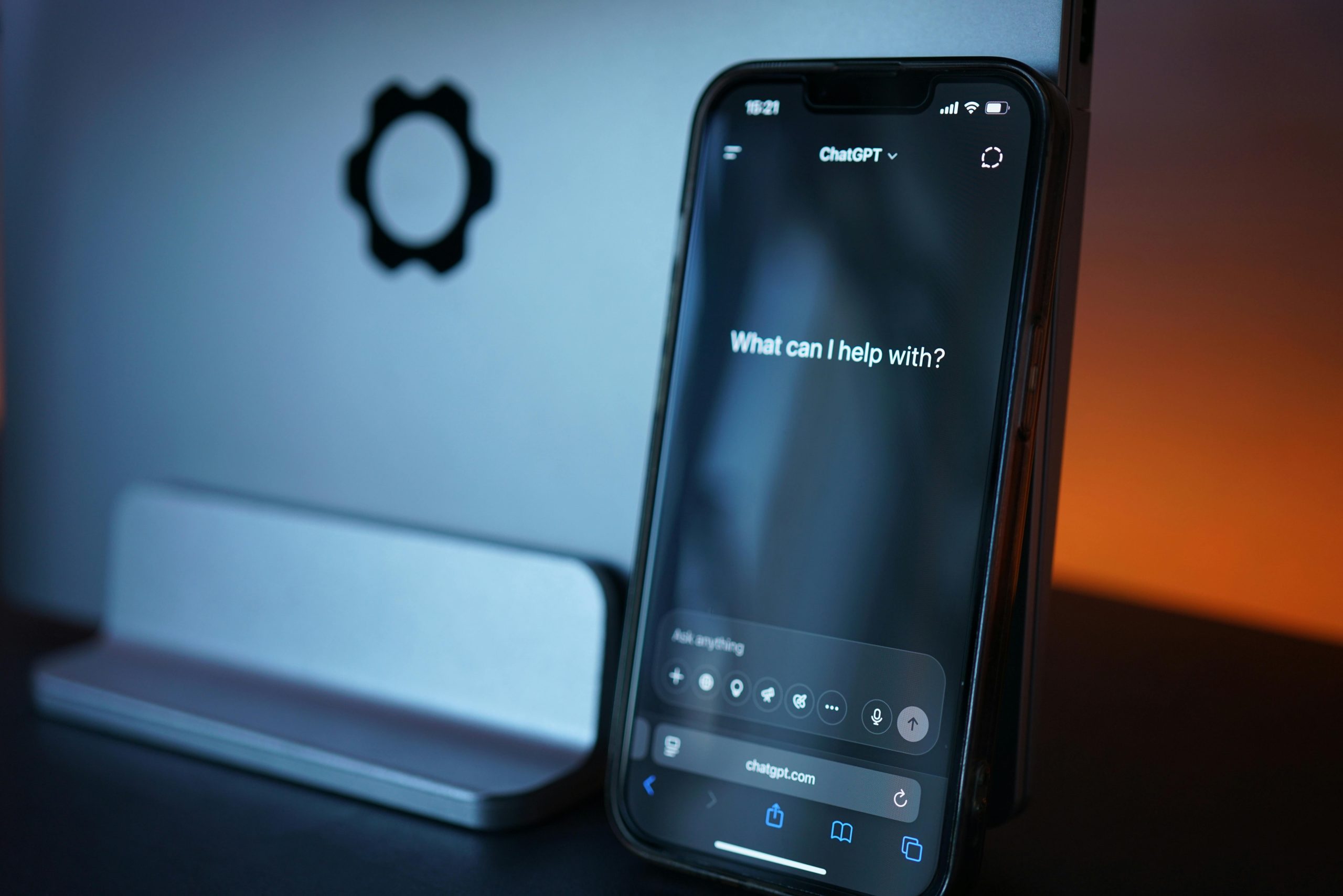AI's Strengths (And Why They're Not Enough)
AI voice technology has made impressive strides, particularly when it comes to speed and affordability. Need a 10,000-word e-learning script voiced by tomorrow? AI can deliver at a fraction of traditional costs – sometimes as low as $0.06 per word. It’s perfect for repetitive, emotionless tasks like airport announcements where robotic consistency is actually an advantage.
But here’s where AI falls painfully short: emotional depth and nuance. An AI attempting to voice grief or joy sounds about as authentic as a toaster reciting Shakespeare. It completely misses sarcasm, subtle humor, and the unspoken subtext that makes communication truly meaningful. According to a 2024 Vocal ID study, 78% of consumers find synthetic voices “less trustworthy” – a sobering statistic for brands. Just ask that major tech company that had to scrap their AI customer service bot after users revolted against its unnatural cadence.
When to Use AI vs. Human Talent
AI makes sense for certain applications: rough drafts, placeholders, or budget projects where emotional connection isn’t crucial. It works fine for IVR menus or quick social media clips where you just need words delivered clearly.
But for anything requiring genuine human connection – brand ads, audiobooks, documentaries – you need an actual person. There’s simply no substitute for live direction where I can adjust in real-time to “sound more like a friendly neighbor” rather than a stiff news anchor. Interestingly, I’ve found many clients who initially request AI end up preferring human narration once they hear the difference. That’s why I now offer hybrid services, helping to smooth out robotic AI reads into something more natural.
The Dark Side of AI Voices
The ethical concerns surrounding AI voices are growing harder to ignore. We’ve seen celebrities’ voices cloned for fake endorsements, and PR disasters like that fast-food chain whose AI spokesperson was widely mocked for its soulless delivery.
What many don’t realize is most AI voices are trained using unpaid actor samples – I’ve personally found my voice in three different datasets without my consent. My rule? If your project involves building trust or evoking emotion, synthetic voices risk alienating your audience in ways that can be difficult to repair.
How Voice Actors Can Outshine AI
Here’s the good news (mostly for voice actors): AI won’t replace voice actors – but it will change our industry. The key is doubling down on what makes us irreplaceable: our ability to truly act, not just read. Many clients now need help fixing AI voiceovers, creating new opportunities to offer “AI cleanup” services.
When the AI boom hit in 2022, I pivoted by emphasizing live-directed sessions – something AI can’t replicate. Clients love the collaborative process and immediate feedback. Specializing in specific niches like medical narration or animation has also helped me stand out in an increasingly crowded field.
My AI Experiment: Surprising Results
Curious about the technology, I fed my own scripts into ElevenLabs to create an “AI me.” The results were fascinating – while the AI version was 80% faster and passable for generic corporate work, it completely missed the tiny human details that make performances believable: the thoughtful pauses, subtle sighs, and genuine smiles that build audience trust.
When a last-minute script change came through , the AI couldn’t improvise the way I naturally would. You can hear the difference yourself in these comparison clips
The conclusion? AI is a tool, not a replacement – at least not for work that requires authentic human connection.


